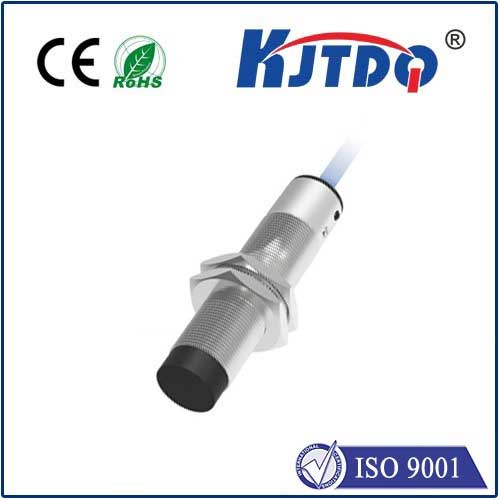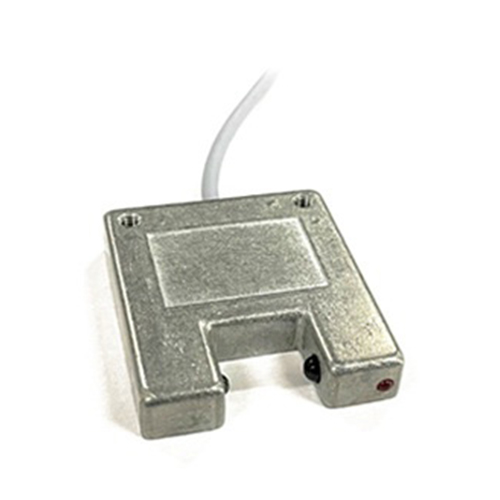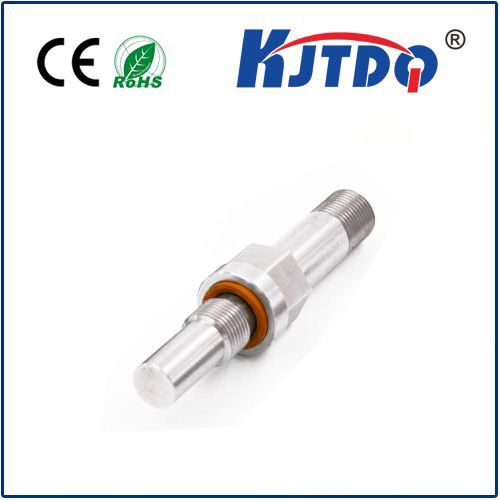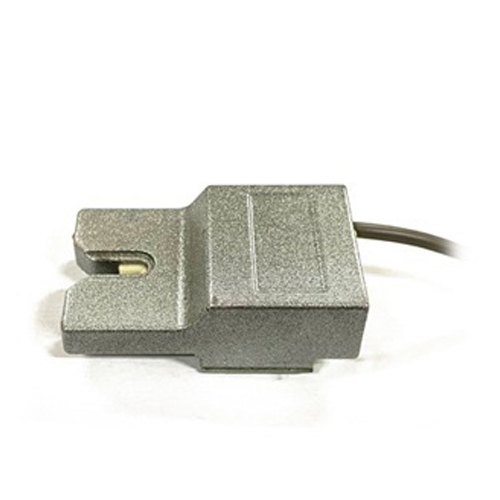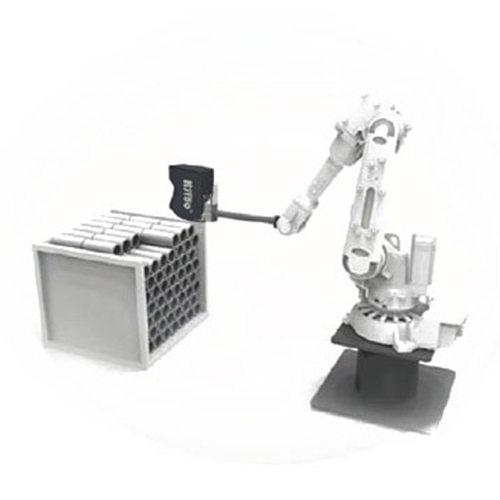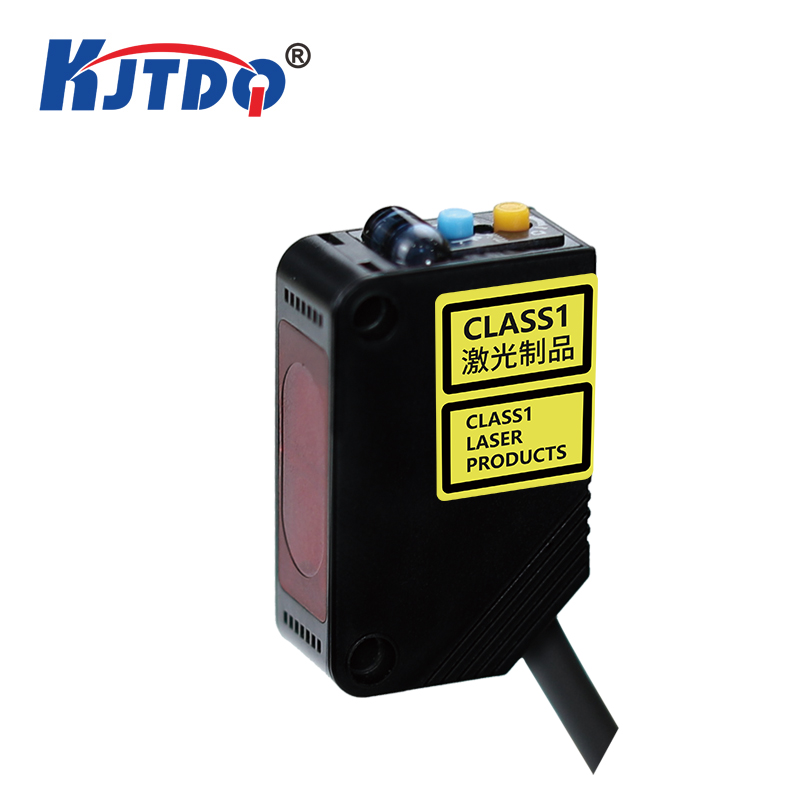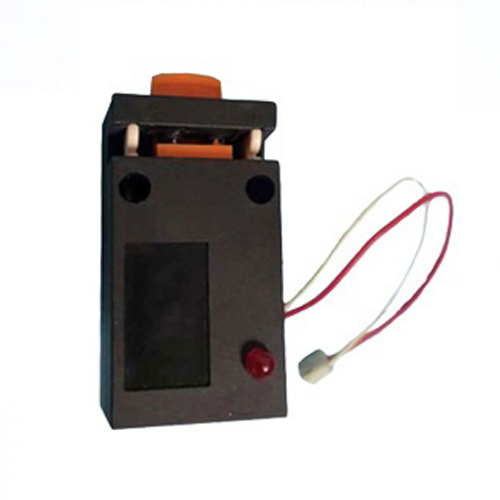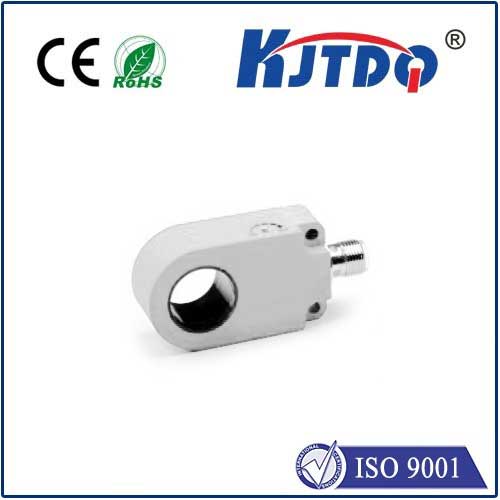laser scanner sensor
- time:2025-08-28 04:03:28
- Нажмите:0
Laser Scanner Sensors: The Invisible Eyes Powering Modern Automation
In a world increasingly driven by data and precision, technologies that perceive our physical environment with accuracy and speed are paramount. Among the unsung heroes enabling this revolution are laser scanner sensors. These sophisticated devices, operating largely unseen, provide critical spatial awareness for machines, robots, and systems, transforming raw environments into actionable digital intelligence. This article explores the fundamentals, diverse applications, and key selection criteria for these powerful sensing tools.
Understanding the Core Technology: Light as a Measuring Tape
At its heart, a laser scanner sensor emits a highly focused beam of light – typically infrared or visible laser light – and precisely measures how this light interacts with objects in its path. The two most prevalent working principles are:
- Triangulation: Primarily used for shorter ranges and high accuracy. The sensor projects a laser dot or line onto a target. A receiver (like a camera) captures the position of this point/line from a known angle. Using geometric triangulation principles, the sensor calculates the distance to the target point. Variations like structured light scanners project complex patterns (lines, grids) for rapid 3D surface capture.
- Time-of-Flight (ToF): This method measures the time it takes for a laser pulse to travel from the sensor to a target and bounce back. Knowing the speed of light allows the sensor to calculate the distance very accurately. Time-of-flight laser scanner sensors excel at medium-to-longer ranges and are foundational in LiDAR (Light Detection and Ranging) systems used extensively in autonomous vehicles, mapping, and robotics.
Regardless of the principle, the sensor rapidly moves or deflects its laser beam (often using rotating mirrors or MEMS technology) to sweep it across a defined field of view (FOV), creating a dense set of distance measurements known as a point cloud. This point cloud is the digital representation of the scanned environment.
Why Laser Scanners? Unique Advantages Defined
Laser scanners offer a compelling set of advantages over other proximity or distance sensing technologies:

- Exceptional Accuracy and Resolution: Capable of measuring distances down to micrometer or even sub-micrometer levels (depending on type and range), providing unparalleled detail.
- High Speed and Refresh Rates: Modern scanners capture thousands, even millions, of measurement points per second, enabling real-time perception and reaction in dynamic environments.
- Non-Contact Operation: They measure without physically touching the target, eliminating wear and tear and enabling measurements on delicate, moving, or hazardous objects.
- Robust Performance: Generally less susceptible to interference from ambient light (especially IR-based models) or surface color/texture compared to vision systems relying purely on ambient light.
- 3D Capability: By scanning across multiple axes or planes, they inherently capture rich three-dimensional data, crucial for navigation, modeling, and complex object recognition.
Where the Laser Scans: Ubiquitous Applications
The versatility of laser scanner sensors means they are integral across countless industries:
- Industrial Automation & Robotics:
- Precision Positioning: Guiding robotic arms for pick-and-place, assembly, and welding with micron-level accuracy.
- Quality Control & Inspection: Measuring dimensions, detecting surface defects, verifying gaps and flushness on production lines.
- Collision Avoidance: Creating safety zones around machinery or enabling collaborative robots (cobots) to operate safely alongside humans using safety laser scanners.
- Palletizing & Logistics: Dimensioning packages, optimizing pallet loading, and guiding forklifts or AGVs (Automated Guided Vehicles).
Autonomous Vehicles & Mobile Robotics: LiDAR, built on time-of-flight laser scanning, is the cornerstone sensor for creating high-resolution 3D maps of a vehicle’s surroundings, enabling obstacle detection, localization, and path planning for self-driving cars, drones (UAVs), and warehouse robots.
Surveying, Mapping & Construction:
- Terrestrial Laser Scanning (TLS): Capturing detailed as-built documentation of buildings, infrastructure, and archaeological sites.
- Airborne LiDAR: Mapping topography, forests, and urban landscapes from aircraft or drones.
- Building Information Modeling (BIM): Providing the accurate spatial data needed for BIM workflows.
Reverse Engineering & Rapid Prototyping: Creating precise digital 3D models (point clouds) of existing physical objects for redesign, analysis, or replication via 3D printing.
Other Key Areas: Predictive maintenance (monitoring equipment alignment/vibration), agriculture monitoring crop health and yield estimation, security systems for perimeter monitoring, and interactive displays/gaming.
Choosing the Right Laser Scanner Sensor: Key Considerations
Selecting the optimal laser scanner sensor requires careful evaluation of several critical parameters:
- Range: The minimum and maximum distance the sensor can reliably measure. (e.g., short-range for inspection, long-range for vehicles).
- Field of View (FOV): The angular span (horizontal and vertical) the scanner can cover. Wide FOVs are crucial for navigation and safety.
- Scanning Rate / Angular Resolution: How many points per second are captured and how densely they are spaced within the FOV. Higher rates/resolution provide finer detail and better performance with moving objects.
- Accuracy & Resolution: The precision of the distance measurement and the smallest discernible distance change. Critical for metrology.
- Operating Environment: Considerations include resistance to dust, moisture (IP rating), temperature extremes, vibration, and ambient light interference.
- Output Interface: How the data (point cloud, distance values) is communicated (e.g., Ethernet (TCP/IP), EtherCAT, CAN bus, USB, analog/digital I/O).
- Laser Class & Safety: Ensuring the laser power output (e.g., Class 1, 1M, 2, 3R) is safe for the intended application environment, especially where human interaction is possible. Safety laser scanners are specifically designed and certified for personnel protection.
Looking Ahead: The Future is Bright (and Precise)
The evolution of laser scanner sensor technology is relentless. We are witnessing trends towards:
- Miniaturization: Smaller, lighter sensors enabling integration into more compact devices like drones and wearable tech.
- Enhanced Performance: Ever-increasing speed, range, resolution, and accuracy at lower power consumption.
- Cost Reduction: Wider adoption as manufacturing scales and technology matures.
- Intelligence at the Edge: Integrating more processing power directly into the sensor for filtering, feature extraction, and faster decision-making.
- Multi-Sensor Fusion: Combining laser scanning data with camera images, radar, and IMUs for richer, more robust environmental perception.
In essence, laser scanner sensors are fundamental enablers of automation, safety, and digital transformation. From the factory floor to the open road, from construction sites to the skies above, these invisible eyes provide the critical spatial data that allows machines to understand and interact intelligently with the physical world. As technology advances, their role in shaping our automated future will only become more profound and indispensable.

